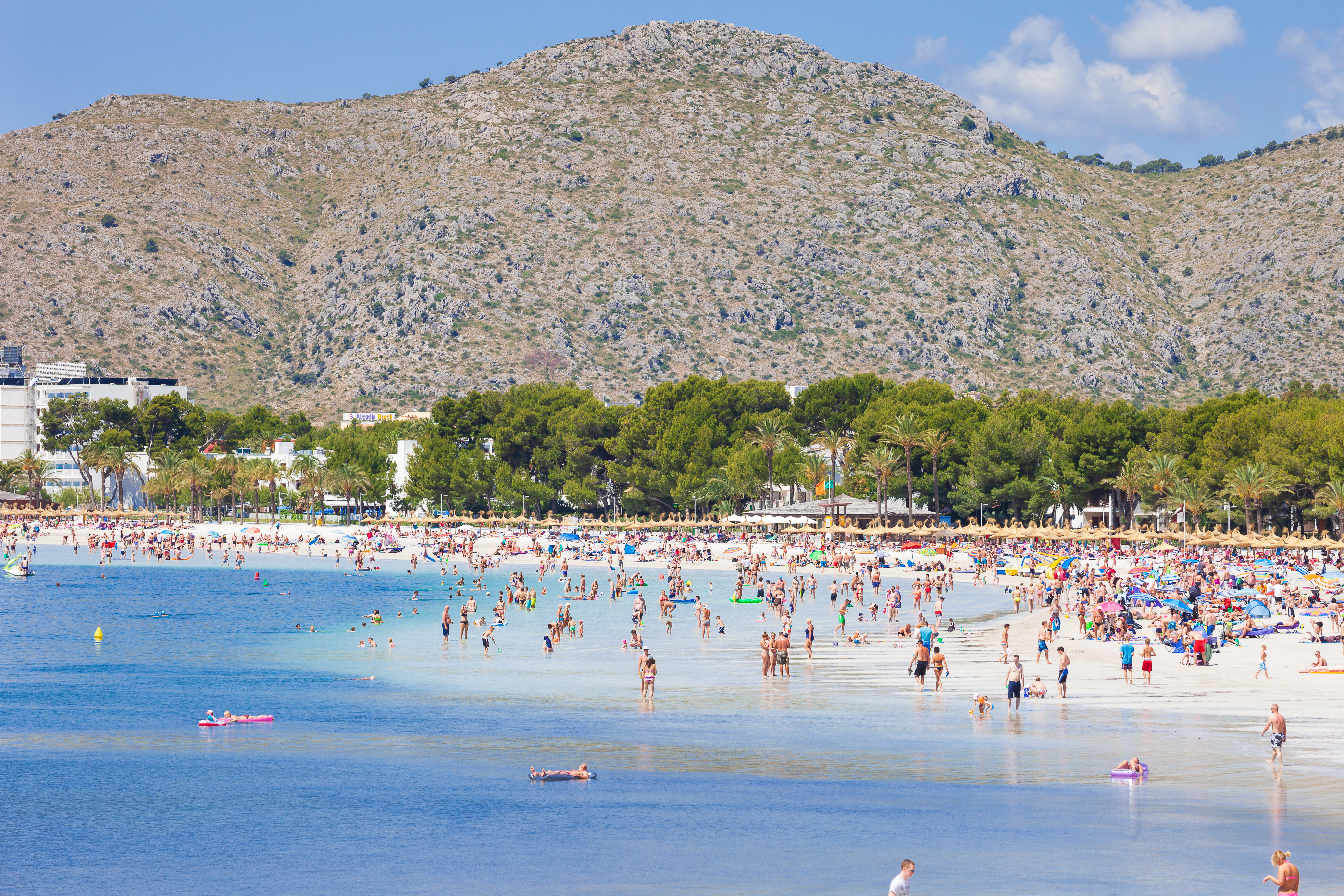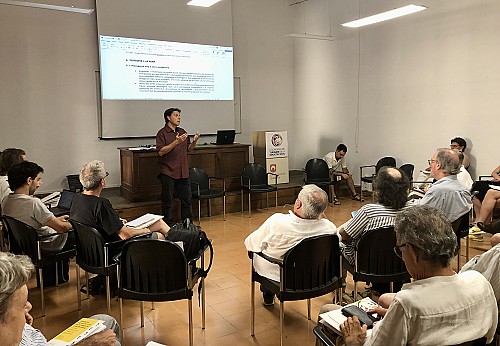Alcúdia's big beach. Photo: Sebastià Torrens.
It is difficult to agree on what is and is not overcrowded. What is too much for some is not enough for others, but figures are not deceiving, and neither is logic. In the absence of final data, everything indicates that 2022 will be a year of records. It is easy to understand that more flights, more cars, more boats, more houses, more cruise ships, more jet skis and, in short, more people in a limited territory, negatively affect the quality of the tourist experience and the quality of life of the resident and erode the natural capital on which the economy and wellbeing of the islands are based.
After two very difficult years, tourism has recovered strongly and so has the necessary debate on limits and overcrowding. None of this comes as a surprise. For years, representatives of civil society, political leaders, and a minority but significant group of representatives of the hotel and tourism sector have been calling for the implementation of measures to avoid the dying of success.
The recovery of the Sustainable Tourism tax, the limitation on the entry of vehicles into Formentera, the agreement on the maximum number of mega-cruises, and the moratorium on tourist places in the new Tourism Law are steps in the right direction. They show that something is changing. But they’re not enough to meet the challenges we face.
Transitioning towards a truly sustainable model that maintains high levels of occupancy and wellbeing is possible, but it will require much more courageous and ambitious measures. These measures will only be possible if we have the support of two key players: the tourism industry, which has significant political influence, and the central government, which controls the main infrastructures leading to the islands.
Continue reading the newsletter
Marilles in the media
- 16/10/2025 Cadena SER: "El III Foro Conversa Turisme i Sostenibilitat posa la gestió de l'aigua en el centre del debat sobre el turisme"
- 09/09/2024 EFE Verde: "Turismo de barco, ¿cómo reducir su impacto si desconocemos sus dimensiones?"
- 21/07/2024 El Periódico: "El sector turístico vira con timidez hacia la sostenibilidad"





